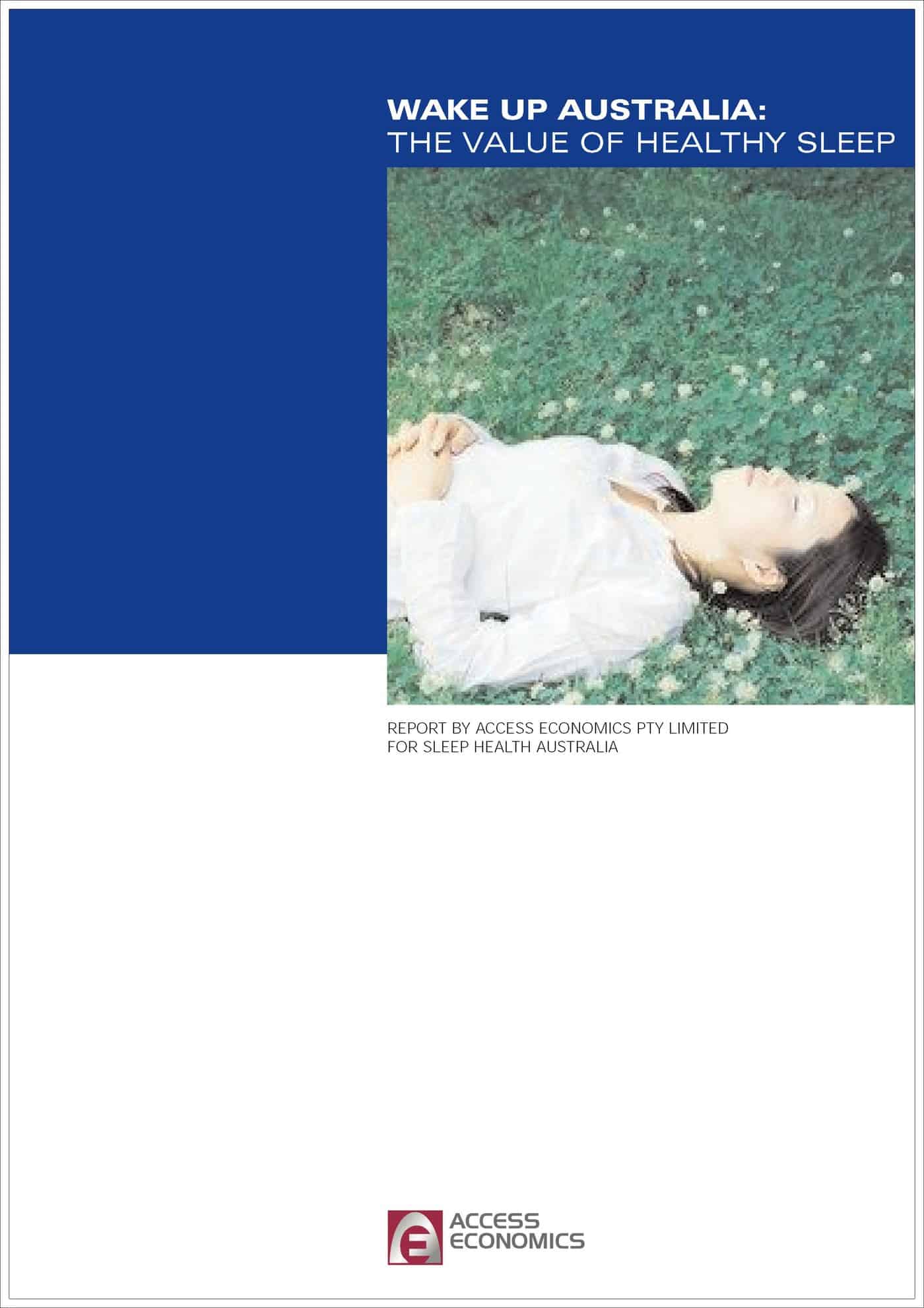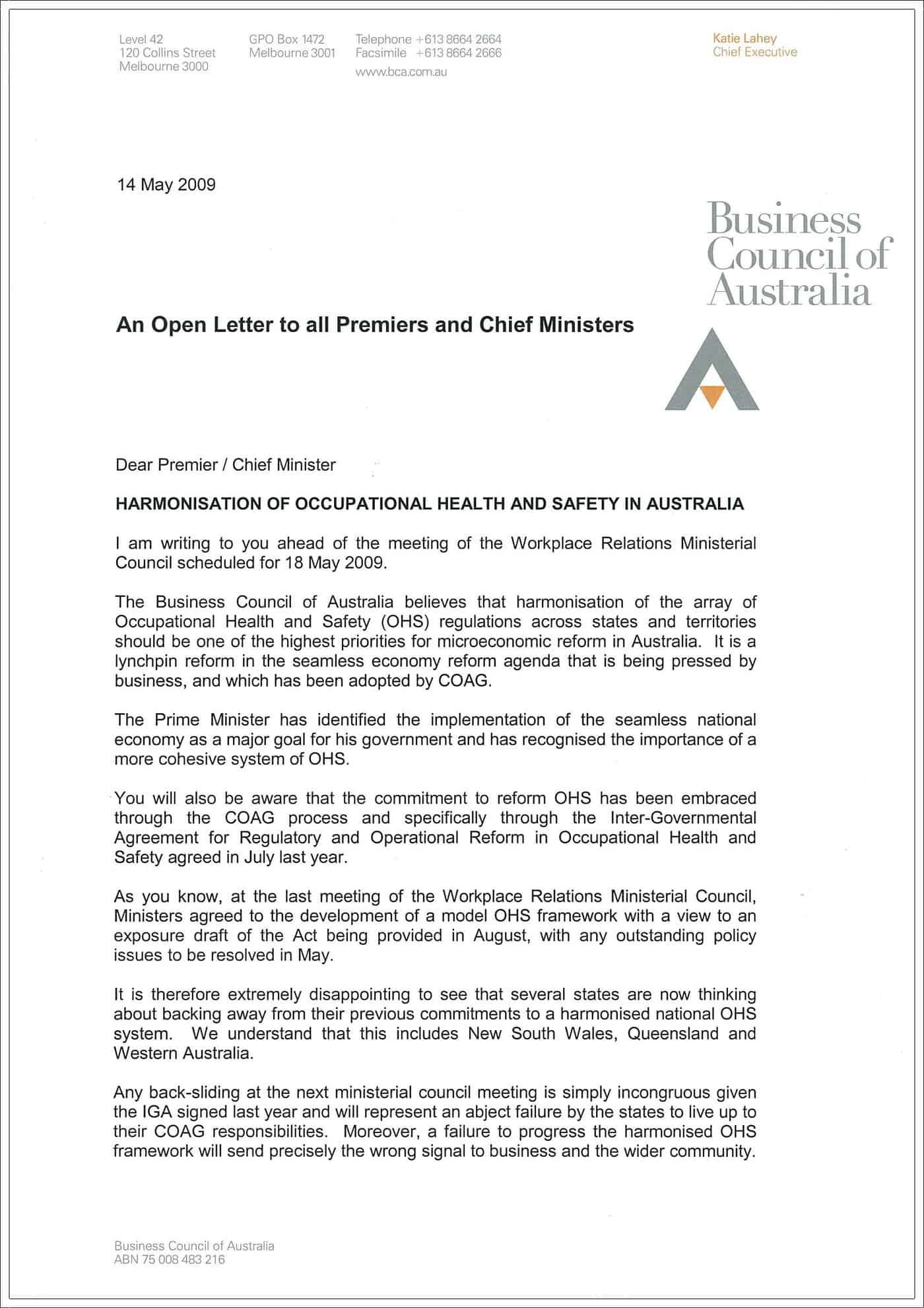Recently, the Australian Government awarded some research grants of which at least one is relevant to workplace safety. $2.5 million was given for the establishment of a Centre for Clinical Research Excellence in Interdisciplinary Sleep Health (CRISH).
When the grant was announced Professor Ron Grunstein of the Woolcock Institute of Medical Research said,
“Adequate sleep is as important as exercise and diet. Sleep loss and sleep disorders contribute to mortality, chronic disease, mental health problems and the economic health burden.
“This funding will allow us to establish a network of leading sleep researchers and physicians in different specialties to investigate the biology of sleep, and look at ways to prevent and treat sleep disorders.”
Amongst several social benefits of the research, the issue of shiftwork health was mentioned. There are many contributory factors to the health of shiftworker and sleep disorders is only one, but an important one.
 The most recent Australian data on the costs of sleep disorders was from 2004 by Access Economics, an organisation that the government often relies on for data. Its report, Wake Up Australia, estimates that sleep disorders such as obstructive sleep apnea and insomnia underlie 9.1 per cent of work related injuries.
The most recent Australian data on the costs of sleep disorders was from 2004 by Access Economics, an organisation that the government often relies on for data. Its report, Wake Up Australia, estimates that sleep disorders such as obstructive sleep apnea and insomnia underlie 9.1 per cent of work related injuries.
The origin of this statistic needs to be closely examined in the body of the report (page 23) as there is quite a bit of statistical magic applied however the 9.1% figure has been referred to in relation to the potential benefit of the CRISH project. The statistic is not invalid but it is also not so simple.



